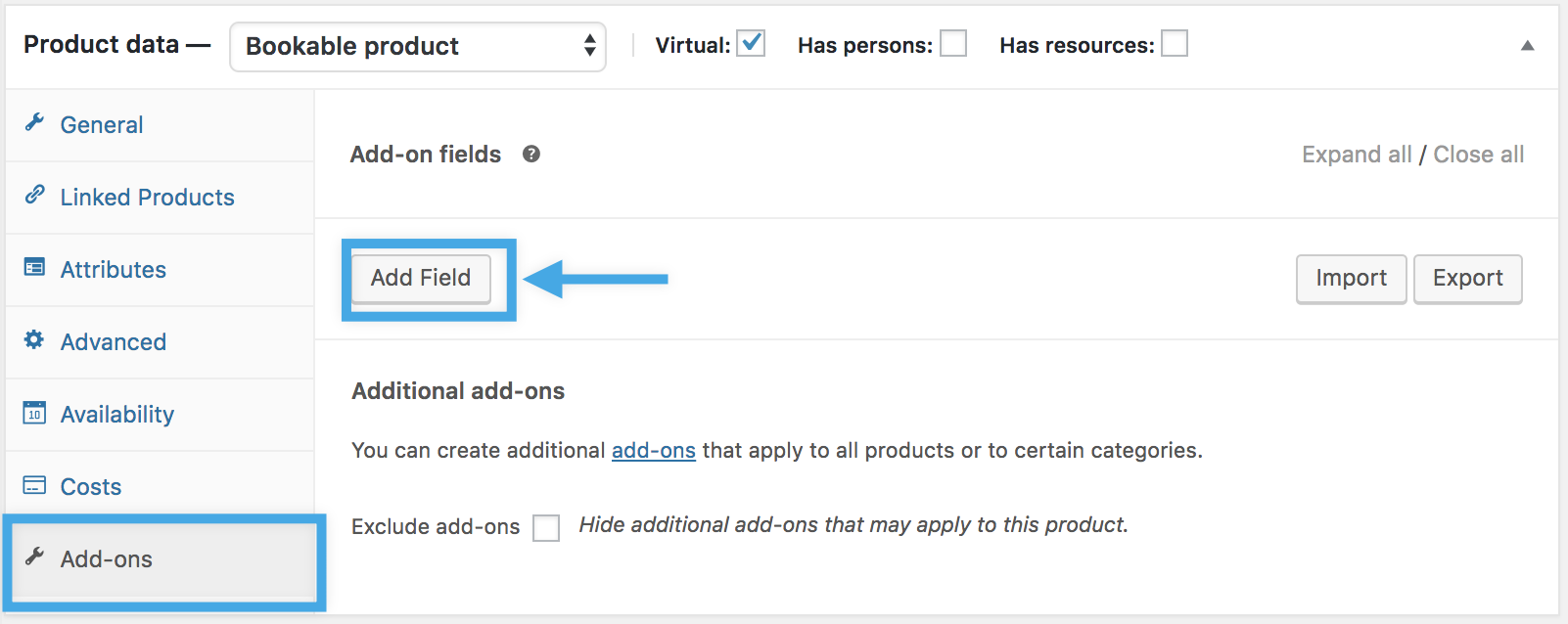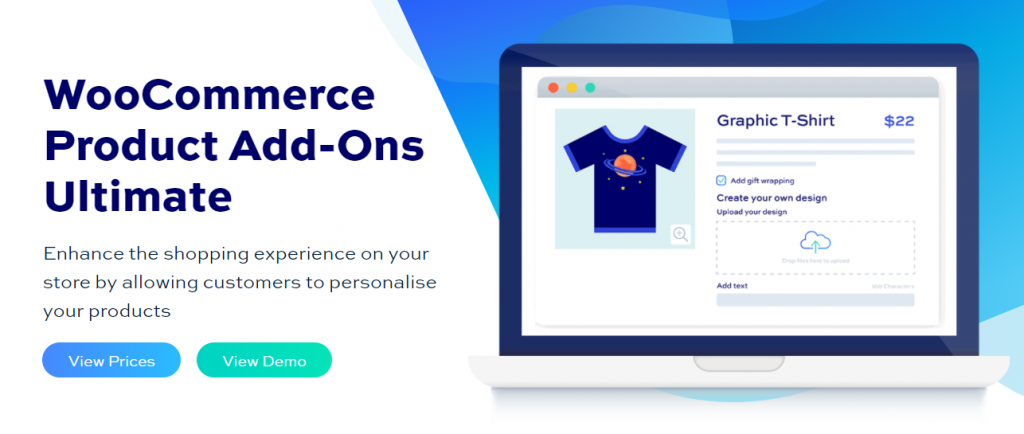
The highlighted area in the example below shows extra product data fields that display additional information for a product. Let’s take a quick look at both types of custom field so we understand the difference. Examples of both types of WooCommerce custom fields Use the navigation menu to the left or the links within the post to help you navigate around. This is a long post but it’s likely you won’t need to read it all. Plus, we’ll take a look at Advanced Custom Fields and adding custom fields to the checkout. (As an optional extra, we’ll also look at how to add custom fields programmatically to WooCommerce at the end of the article. The process is really simple and doesn’t require any programming knowledge. The primary way to add custom fields (and by far the easiest way) is to use a plugin. At every step, there are clear screenshots and links to fully functioning demo products so you can see exactly how things work. The tutorial will go step by step through the process of adding both types of custom fields. We’ll also take a look at how you can use both types of custom field in combination, displaying extra product data depending on certain user choices. Second, we’ll look at custom input fields (also called product add-ons) like text fields, select fields, checkboxes, and so on that allow the user to enter additional, personalised information about a product


Fields that allow the user to customise the product.

Fields that present additional information about the productįirst, we’ll look at WooCommerce extra product data fields – custom fields that display additional information for your products.We’ll look at two types of custom fields: In this post, I’m going to walk through how to add WooCommerce custom fields to a product.


 0 kommentar(er)
0 kommentar(er)
